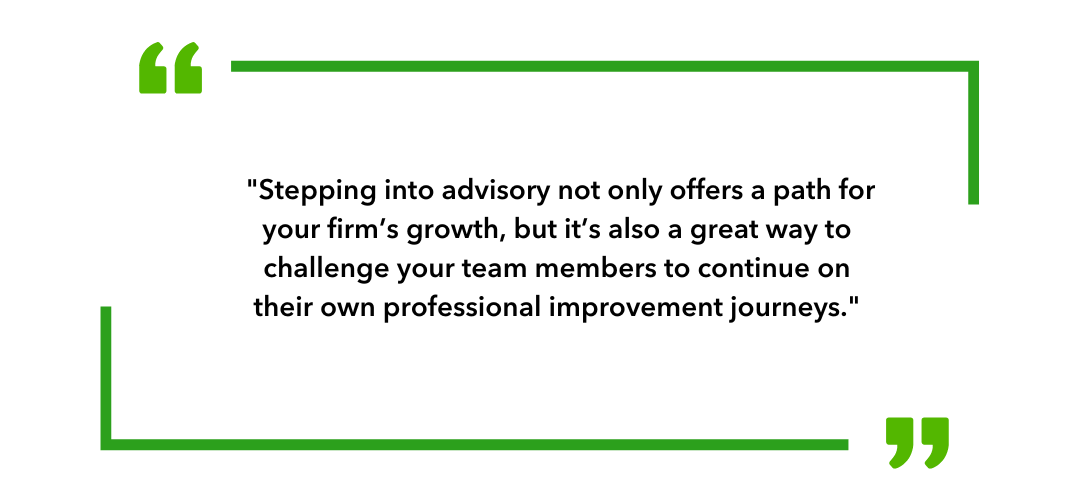Evaluating your team
As you read these descriptions, think about which of your current team members fit well into each role. You may already have the right players in the right roles.
If you are looking to add team members, move existing employees into different roles, or even if you’re unsure, there are several tools to assist in evaluating your team’s strengths and weaknesses. Communication styles are front and centre in a tool called DiSC, for example, which helps individuals and teams understand their personalities and behaviour.
Another option is a new assessment tool called The Six Types of Working Genius, developed by Patrick Lencioni and his team at The Table Group. This tool helps individuals discover their gifts and talents.
When viewed together, you’ll be able to identify strengths and weaknesses in your existing team and find characteristics to look for in new team members.
There are many assessment tools available. However you choose to approach this, just make sure you don’t skip it, even if you’ve known everyone on your team for years. You’ll miss something important about their skills and communication styles if you don’t take the time to assess and share.
Whatever titles and positions you decide to create, investing in your team’s technical and soft skills is critically important to supply your clients with advisory services that make a measurable difference to their bottom line.
New skills are a constant necessity as technology and workforce changes occur. Education and training programs are finding a prominent place in today’s successful accounting firms.
Even beyond technical training, mentorships and other initiatives that invest in the people who deliver advisory services are becoming the norm across the industry. Stepping into advisory not only offers a path for your firm’s growth, but it’s also a great way to challenge your team members to continue on their own professional improvement journeys.


















